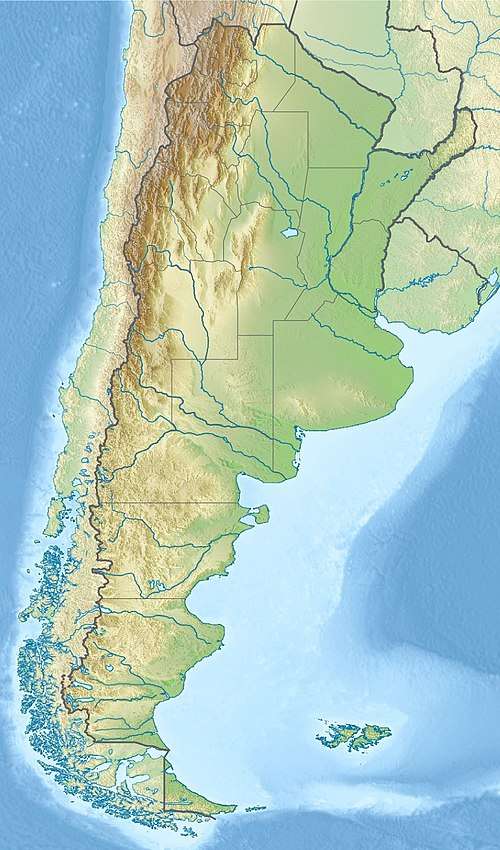Qubic experiment
| Alternative names |
Qubic experiment |
|---|---|
| Location(s) |
Puna de Atacama, Argentina |
| Coordinates |
25°04′06″S 66°38′52″W / 25.068304°S 66.647809°WCoordinates: 25°04′06″S 66°38′52″W / 25.068304°S 66.647809°W |
| Wavelength | 150, 220 GHz (2.0, 1.4 mm) |
| First light |
2019 |
| Telescope style |
Cosmic microwave background experiment radio interferometer |
| Angular resolution |
23.5 minute of arc |
| Website |
qubic |
 Location of Qubic experiment | |
QUBIC is a cosmology project to study cosmic inflation by measuring the B-modes of the polarization of the Cosmic Microwave Background (CMB). It uses bolometric interferometry, which combines the advantages of interferometry (reduction of systematic errors) and those of the bolometer detectors (high signal sensitivity).[1] QUBIC observes the sky at two frequencies, 150 and 220 GHz, so that it can separate the cosmological signal from foreground emission, in particular thermal dust emission.[2]
The QUBIC project was born in 2008 from the merger of BRAIN and MBI projects. A technical demonstrator of the instrument is being manufactured and should be tested in France in 2017. A first module should then be installed in Argentina in the region of Alto Chorrillos next to the Large Latin American Millimeter Array.[1]
The QUBIC cooperation consists of teams from France, Italy, UK, Ireland, USA, Netherlands.[1]
References
- 1 2 3 "QUBIC Home" (in French). Retrieved 14 June 2017.
- ↑ "QUBIC instrument". Retrieved 14 June 2017.
